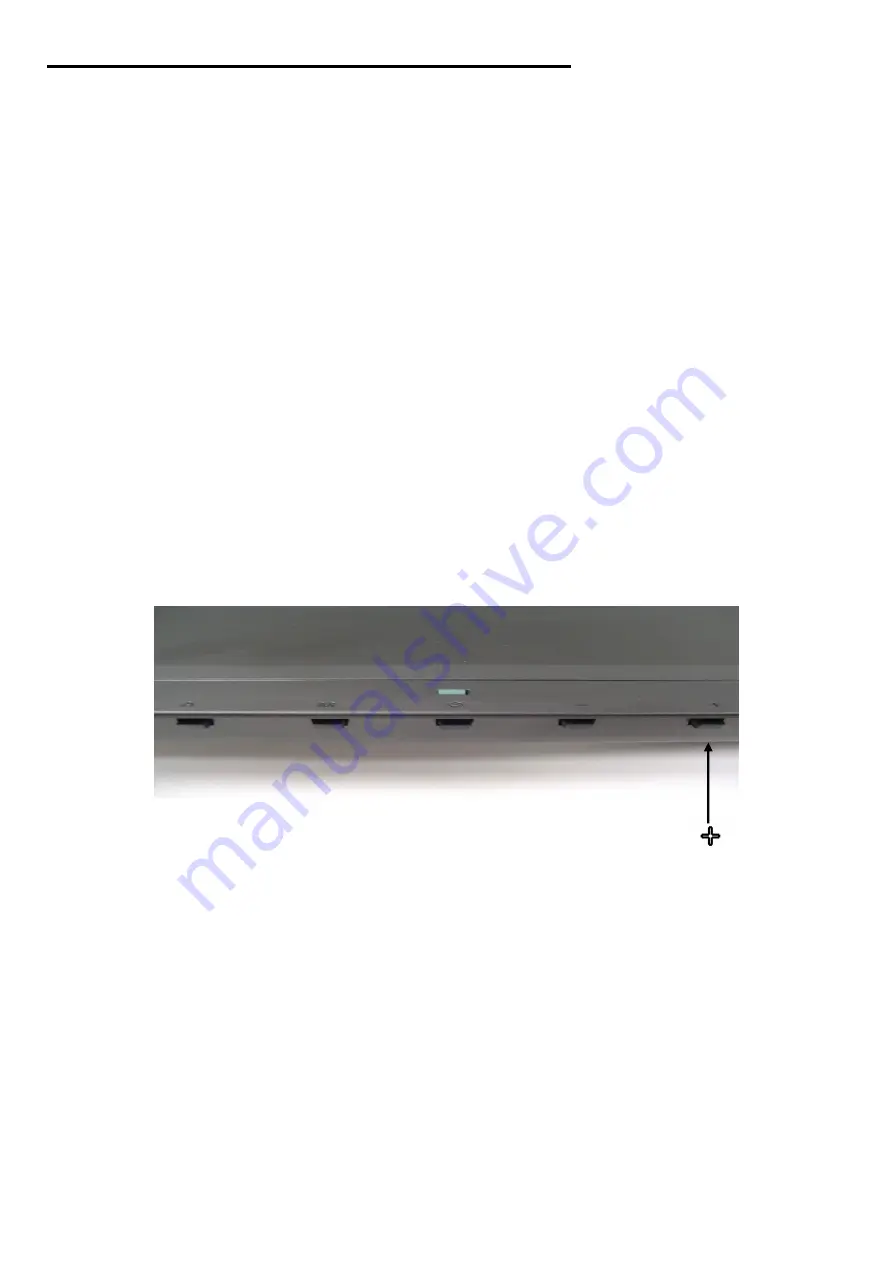
13
Troubleshooting your DVI monitor connection
Caution!
Turn off your computer before connecting this monitor.
If your monitor is connected to your computer with the DVI cable, but no image appears on the screen:
•
The cable plugs may be damaged or connected incorrectly. Check both ends of the power cable and DVI cable, and
make sure that there are not bent pins and that the cables are securely connected to the monitor, power outlet, and
computer.
•
If the monitor’s power LED is not green or orange, the monitor is not turned on. To turn the monitor on, press the
monitor power button.
•
If there is still no signal, an invalid video input may have been selected. To select DVI Input mode, press the + button
located on the front of the monitor
.
•
The video card in your computer may have two types of connectors: VGA and DVI (Digital Visual Interface). Many
cards have both types of connectors. Plug the monitor cable into the appropriate port and tighten the thumbscrews to
secure it. Some cards simply give you a choice of connectors, while others can run both DVI and VGA monitor at the
same time. Read the video card’s documentation to find out your model’s capabilities. This monitor has both DVI and
VGA inputs, use the DVI port (and a DVI cable) –it will provide more accurate color and a sharper image. You may
have to switch your video card from VGA to DVI.
•
If you do not receive a DVI signal, try disconnecting the VGA cable as your video card may not allow both cable types
to be connected simultaneously.
Important!
If you unplug the monitor while using DVI input, you may need to repeat these troubleshooting steps.
Summary of Contents for 11009588
Page 33: ...R1610MA9WFR01 V1 0 ...














































